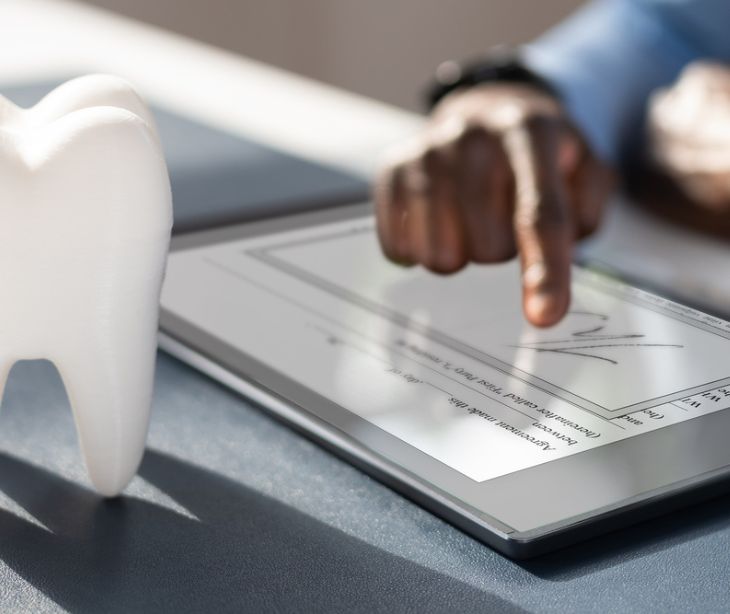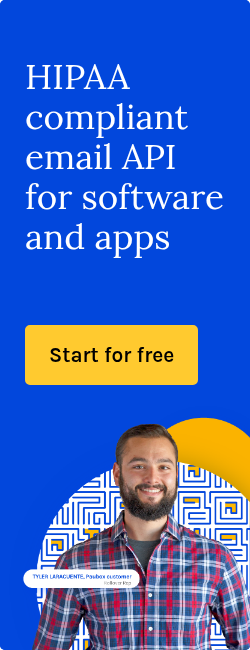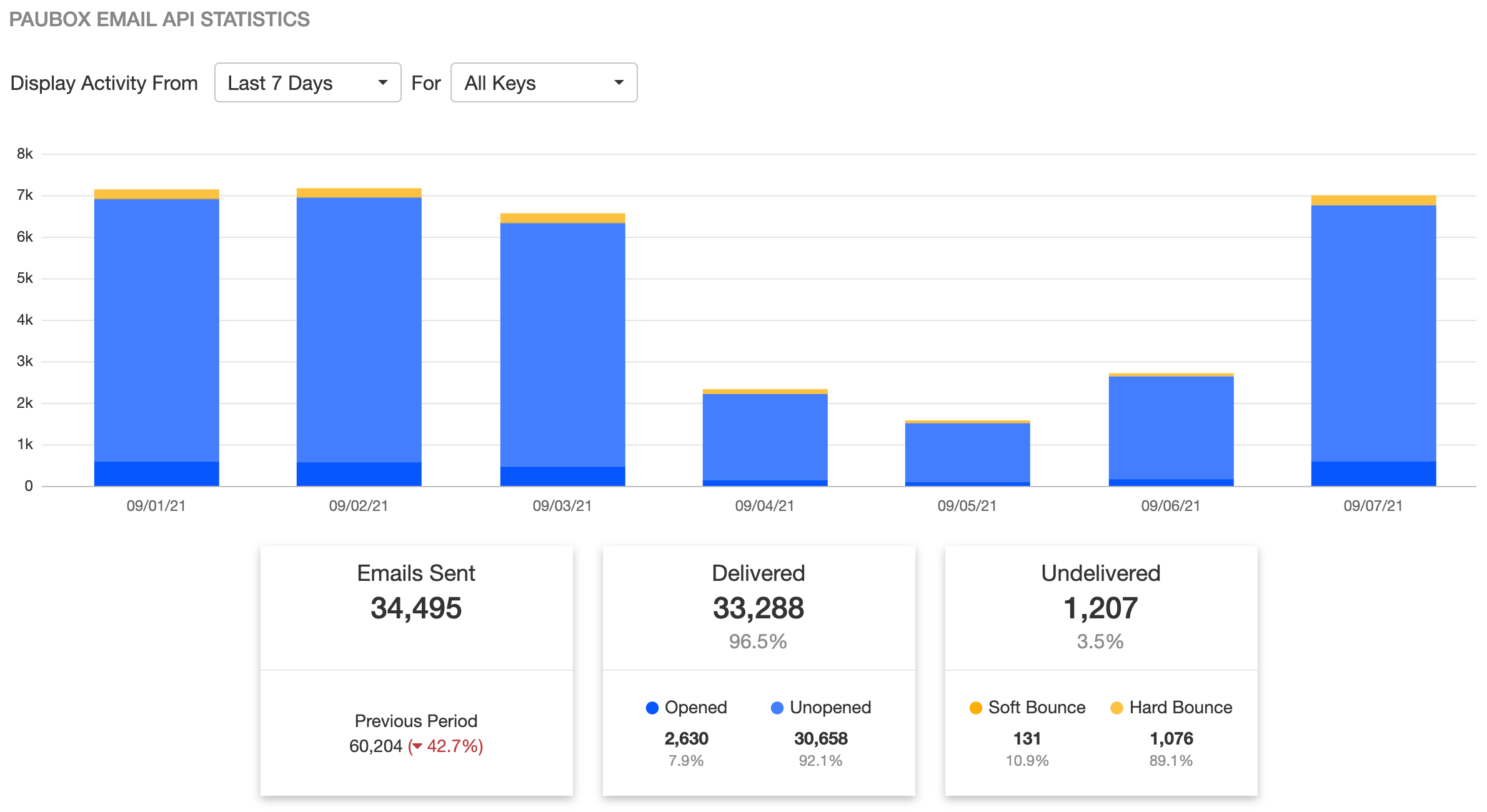1 min read
Integrating email encryption and secure document signing for HIPAA compliance
Liyanda Tembani
September 07, 2023

Healthcare software developers can securely exchange sensitive documents via encrypted email and initiate the signing process within the same platform. This integration ensures security for patient data, streamlines workflows, and simplifies compliance with HIPAA regulations.
What is email encryption?
Email encryption is a fundamental component of HIPAA compliance. Encryption works by converting plain text into ciphertext, which can only be deciphered by someone with the corresponding decryption key. When healthcare professionals exchange patient information via encrypted email, they ensure that sensitive data remains secure, minimizing the risk of data breaches or unauthorized access.
Related: Encryption at rest: what you need to know
Understanding secure document signing
In healthcare, documents containing patient data need to be signed and verified securely. Secure document signing solutions, which often involve electronic signatures, help maintain data integrity and ensure the authenticity of healthcare documents. These signatures are legally recognized and compliant with HIPAA, streamlining the document management process while maintaining compliance.
- Electronic signatures: Electronic signatures provide legal validity and authenticity equivalent to traditional handwritten signatures. They include security features such as audit trails and time stamping to track the signing process and verify signatory identities.
Integrating email encryption and secure document signing
This integration simplifies and accelerates document workflows, reducing administrative overhead and potential compliance breaches.
- Efficient document exchange: Securely exchange sensitive documents through encrypted email, ensuring patient data remains confidential during transit.
- Streamlined signing process: Implement electronic signatures to streamline the signing process, reducing the need for physical signatures and paper documents.
- Enhanced compliance: Ensure HIPAA compliance through secure communication and document management, meeting regulatory requirements effectively.
Streamlining healthcare workflows
With email encryption and secure document signing, healthcare providers can streamline their processes, reducing the time it takes to obtain signatures, share documents, and access critical information. This improves efficiency and enhances the overall quality of care provided to patients.
Steps for implementation
Healthcare organizations can follow a structured plan to integrate these solutions seamlessly. This plan includes:
- Technology selection: Choose a reputable email encryption and secure document signing solution that meets HIPAA compliance standards. Ensure that the chosen technology aligns with your organization's specific needs.
- Establish protocols: Develop clear protocols and policies for secure communication and document management. Define roles and responsibilities to ensure a smooth and compliant workflow.
- Continuous improvement: Improve your processes to adapt to changing healthcare landscapes and emerging security threats.
Subscribe to Paubox Weekly
Every Friday we'll bring you the most important news from Paubox. Our aim is to make you smarter, faster.




